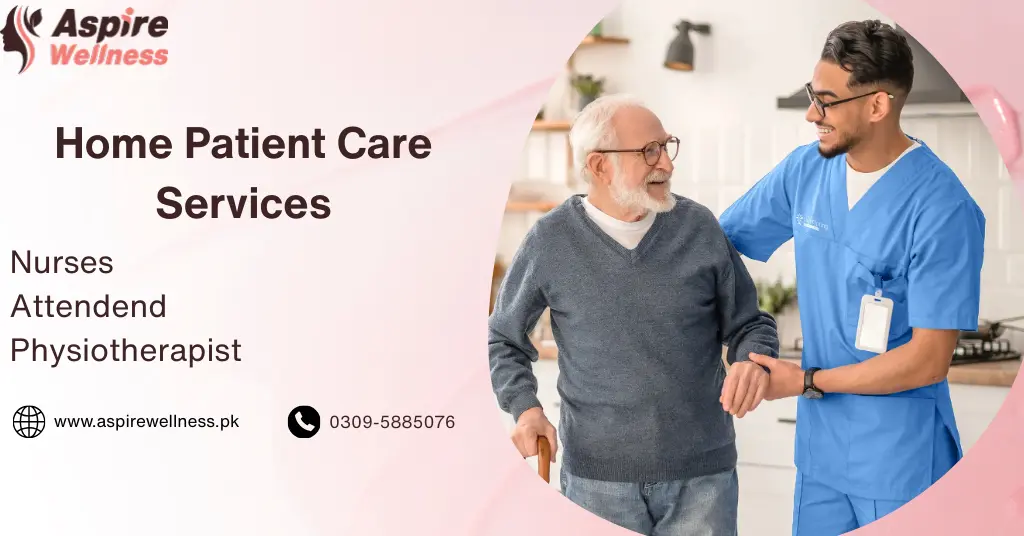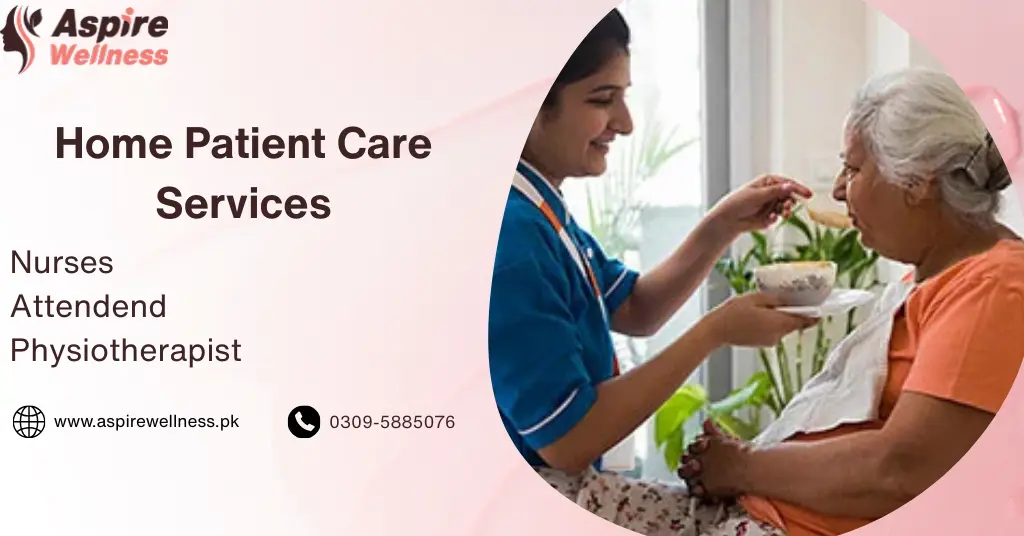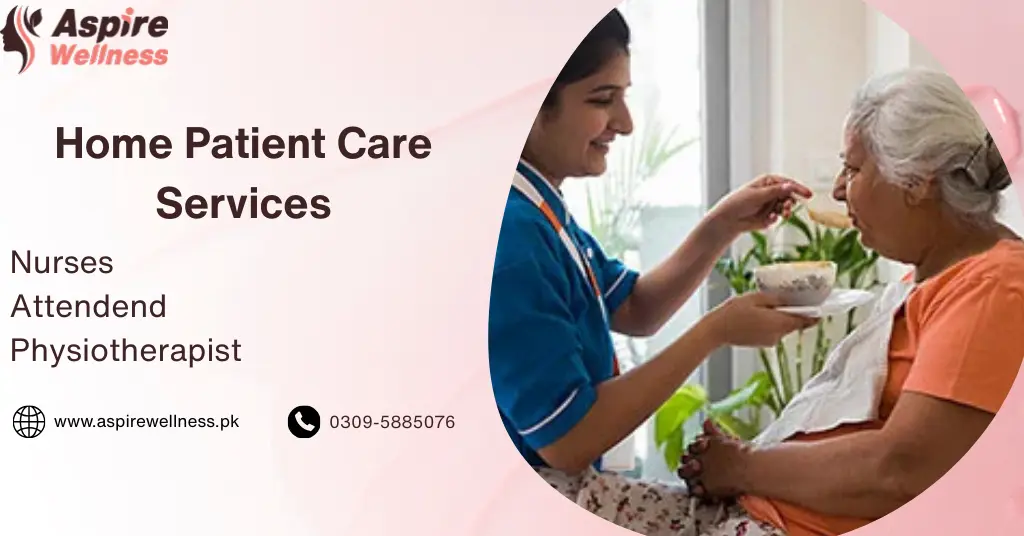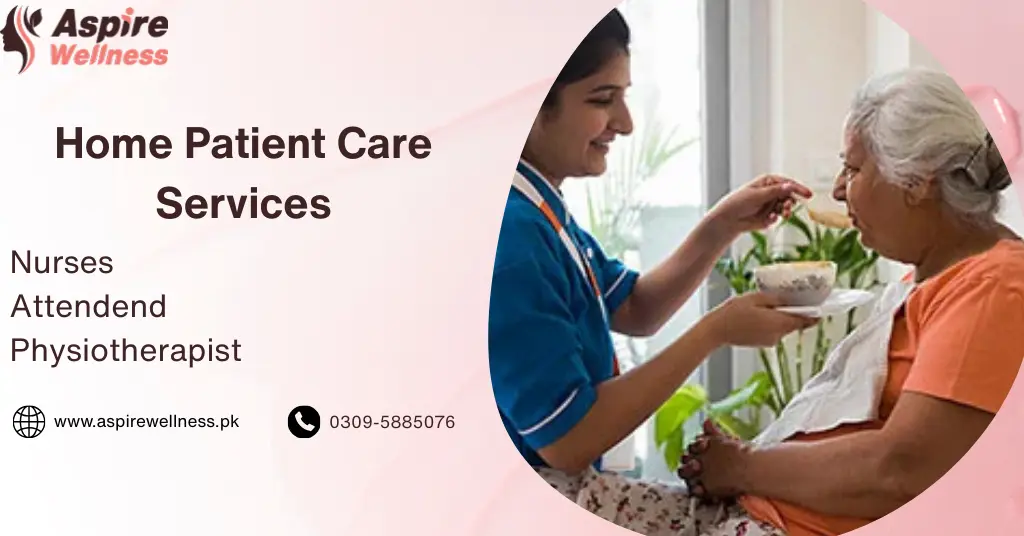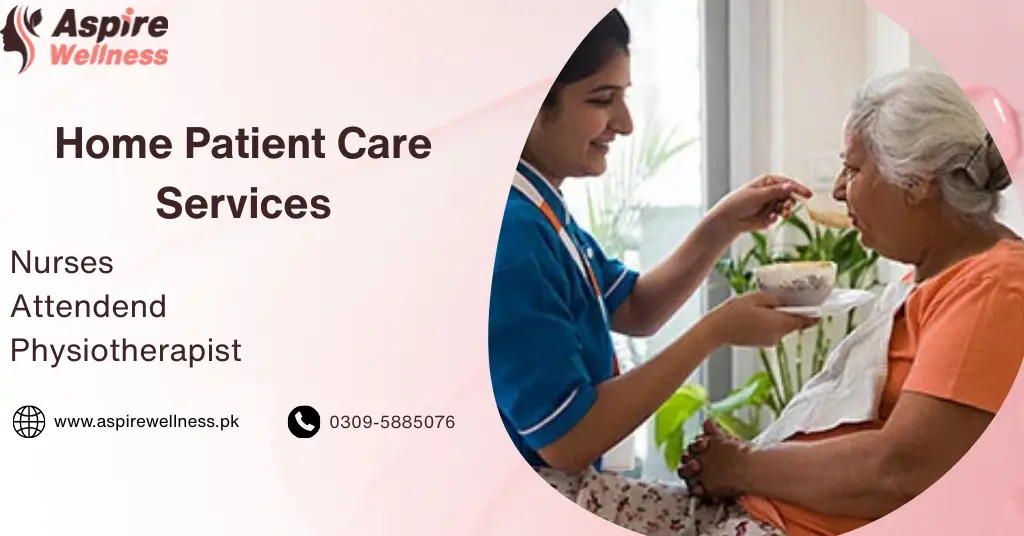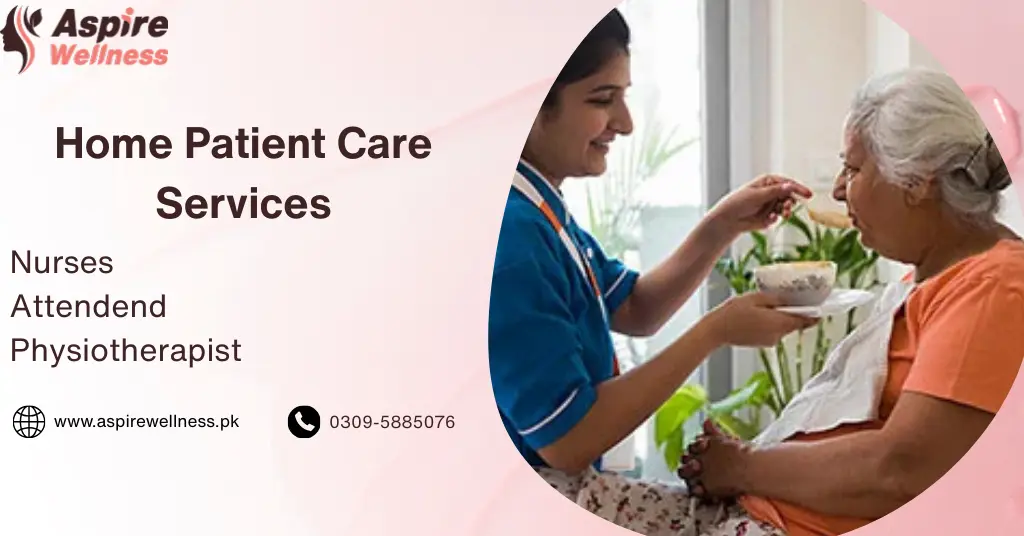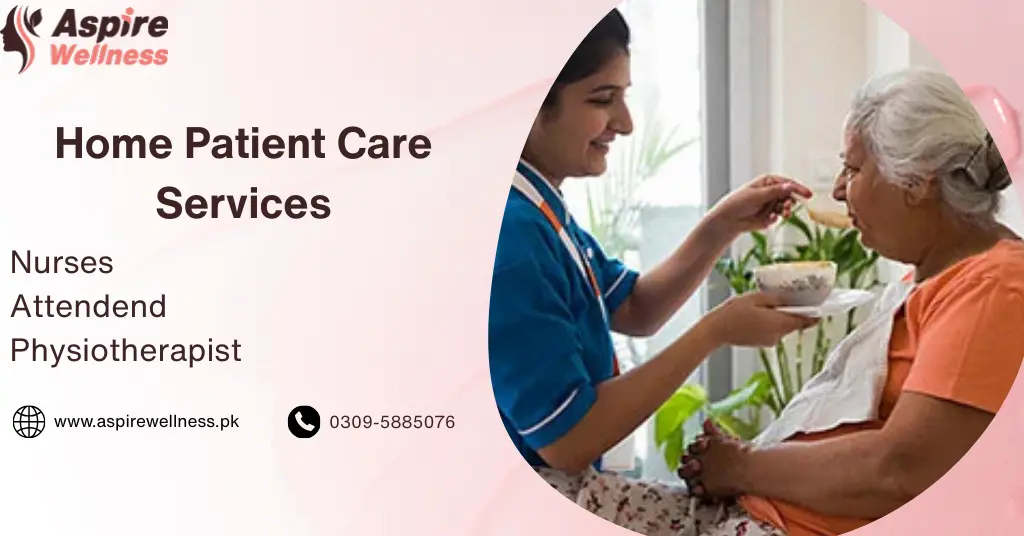Many people assume that elderly care at home is only for seniors with severe medical conditions. That’s a common misconception. In reality, home-based senior care is ideal for all aging adults who need assistance with daily activities, medical supervision, or companionship. Families are choosing home care for the elderly not just for convenience, but because it promotes safety, emotional well-being, and faster recovery, all within the comfort of familiar surroundings.
In this guide, you’ll discover everything you need to know about elderly care at home—from its benefits and essential services to costs and tips for choosing the right caregiver.
1. What Is Elderly Care at Home? A Quick Overview
Elderly care at home refers to professional assistance provided to seniors in their own homes. Services can range from basic support with daily activities to skilled nursing care for chronic illnesses or post-surgical recovery.
Key services include:
-
Personal hygiene assistance: bathing, grooming, dressing
-
Mobility support: walking, transfers, fall prevention
-
Medication management: reminders and administration
-
Medical supervision: vital signs, chronic disease monitoring
-
Companionship and emotional support
-
Specialized care: dementia, Alzheimer’s, palliative, post-operative
-
Emergency response and night-time monitoring
Whether you need full-time live-in caregivers, part-time assistance, or specialized elderly nursing, home care ensures personalized attention and peace of mind for both seniors and their families.
(LSI Keywords: “home-based elderly care,” “professional caregiver for seniors,” “senior home assistance”)
2. Why Elderly Care at Home Is More Than Just Convenience
Caring for a senior at home may seem manageable, but in reality, it requires skill, patience, and constant attention. Without professional help, even routine tasks can become stressful and risky. Here’s why elderly care at home is the preferred choice for many families:
2.1 Ensures Safety and Prevents Accidents
Seniors are more prone to:
-
Falls and injuries
-
Medication errors
-
Complications from chronic conditions
-
Sudden health emergencies
A trained in-home caregiver for seniors provides constant monitoring, helping prevent accidents and hospital visits.
(Keywords: “home safety for elderly,” “fall prevention for seniors at home,” “professional caregiver for elderly”)
2.2 Promotes Faster Recovery in a Familiar Environment
Seniors heal faster when cared for at home. Being in familiar surroundings:
-
Reduces stress and anxiety
-
Prevents hospital-acquired infections
-
Encourages mobility at a comfortable pace
Ideal for post-surgery recovery, stroke rehabilitation, and chronic illness management.
(Long Tail Keywords: “elderly post-surgery home care services,” “home physiotherapy for elderly recovery”)
2.3 Provides One-on-One Personalized Attention
Unlike hospitals or senior centers, home care allows caregivers to focus on one patient at a time:
-
Monitor vitals and medications
-
Track symptoms and behavioral changes
-
Assist with daily activities like bathing, dressing, and meals
This personalized attention ensures better outcomes and improved health stability.
(LSI Keywords: “personalized home care for seniors,” “daily living assistance for elderly at home”)
2.4 Offers Emotional Support and Companionship
Professional home care for seniors helps combat loneliness and depression:
-
Daily interaction and conversation
-
Mental stimulation for seniors with dementia or Alzheimer’s
-
Emotional reassurance and companionship
Emotional care boosts happiness, confidence, and overall well-being.
(Long Tail Keywords: “emotional support for elderly at home,” “dementia care at home for seniors”)
2.5 Reduces Family Stress and Burnout
Caring for a senior can be exhausting. Home caregivers help by:
-
Taking over night-time care
-
Handling medical routines
-
Assisting with personal care
Families can focus on their work and personal life while knowing their loved ones are safe.
(Keywords: “family support with home elderly care,” “relief for caregivers of elderly”)
2.6 Improves Overall Quality of Life
The biggest benefit of elderly care at home is a better quality of life for seniors and their families:
-
Seniors enjoy privacy, comfort, and independence
-
Families get peace of mind
-
Continuous monitoring prevents medical emergencies
(LSI Keywords: “enhancing senior life at home,” “quality home care for elderly”)
3. Who Needs Elderly Care at Home?
Not all seniors require professional care, but it’s essential for:
-
Post-surgery patients
-
Seniors with chronic illnesses (diabetes, heart disease, COPD)
-
Bedridden or mobility-restricted seniors
-
Dementia or Alzheimer’s patients
-
Seniors living alone
-
Palliative or terminally ill patients
Families often search for:
“elderly care services at home near me,” “live-in senior care,” and “home nursing for seniors.”
4. Services Included in Elderly Care at Home
Professional caregivers provide:
Medical & Nursing Care
-
Medication reminders
-
Chronic disease monitoring
-
Post-operative care
-
IV therapy, wound care, and vital checks
Daily Living Assistance
-
Bathing, grooming, dressing
-
Meal preparation and feeding
-
Mobility and transfer support
-
Toileting and incontinence care
Specialized Support
-
Dementia and Alzheimer’s care
-
Palliative care
-
Night-time supervision
-
Rehabilitation exercises
(Keywords: “home nursing services for elderly,” “daily living assistance for seniors”)
5. Cost of Elderly Care at Home
Costs vary depending on:
-
Caregiver qualifications (RN, LPN, caregiver)
-
Hours required (part-time, 12-hour, 24-hour)
-
Specialized needs (medical equipment, chronic care)
-
Duration of service
Despite costs, home elderly care is more affordable than prolonged hospital stays and provides personalized, safer care.
(Long Tail Keywords: “affordable elderly care at home,” “cost of home caregivers for seniors”)
6. How to Choose the Best Elderly Care Provider
When selecting a provider, consider:
-
Caregiver qualifications and experience
-
Availability (24/7 support or shifts)
-
Patient safety protocols and background checks
-
Reviews and reputation
-
Emergency response experience
-
Regular monitoring and reporting
A reputable provider ensures safe, compassionate, and professional care for your loved one.
7. Final Thoughts: Why Elderly Care at Home Is the Best Choice
Choosing elderly care at home is about more than convenience—it’s about safety, dignity, comfort, and emotional well-being. Seniors get personalized attention, continuous monitoring, and companionship, while families enjoy peace of mind and relief from caregiving stress.
Whether your loved one is recovering from surgery, managing chronic illness, or simply needs support with daily activities, home care provides the highest standard of care in the place they love most—their own home.
- Clinic Name: Aspire Wellness
- Address: DHA Phase 2 Ext Karachi
- Phone Number: 03095885076
- Website: https://aspirewellness.pk
- Google Maps URL: https://maps.app.goo.gl/QF5LJZUkJTRgnR2TA

